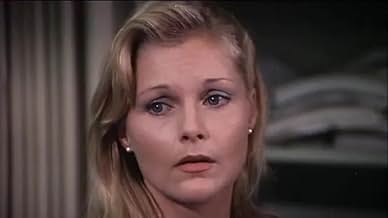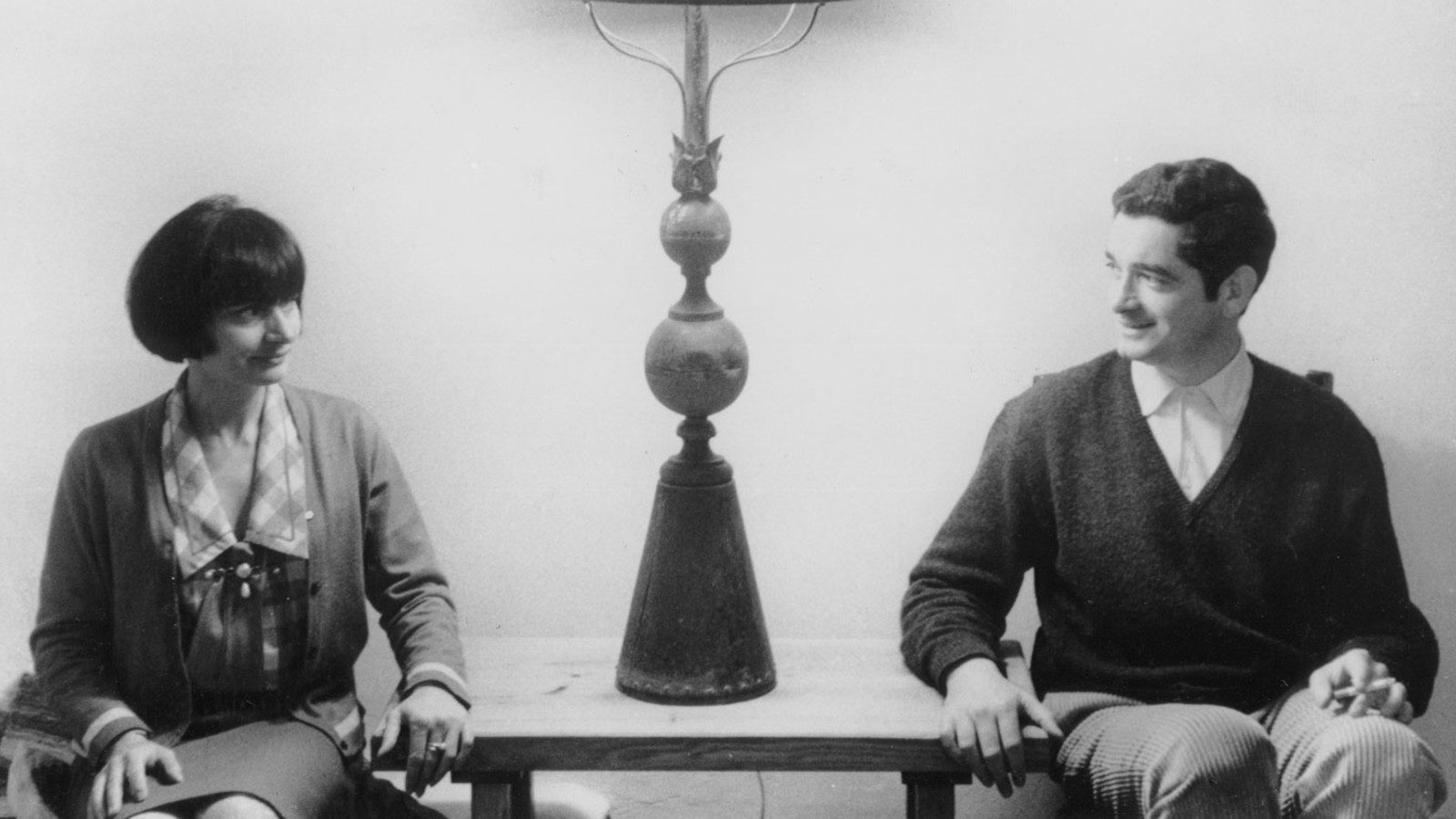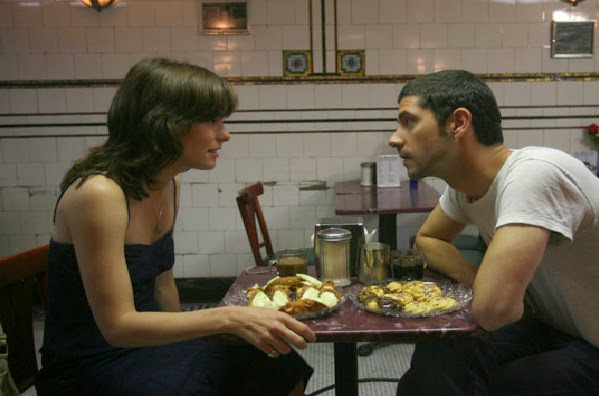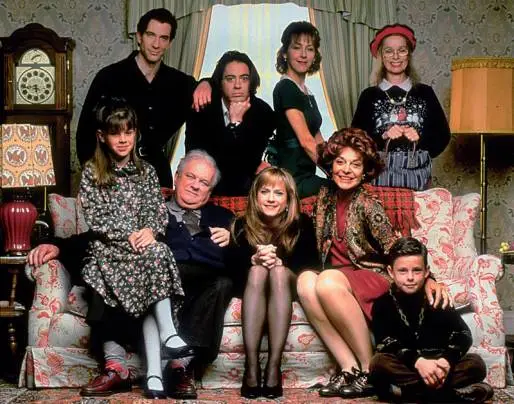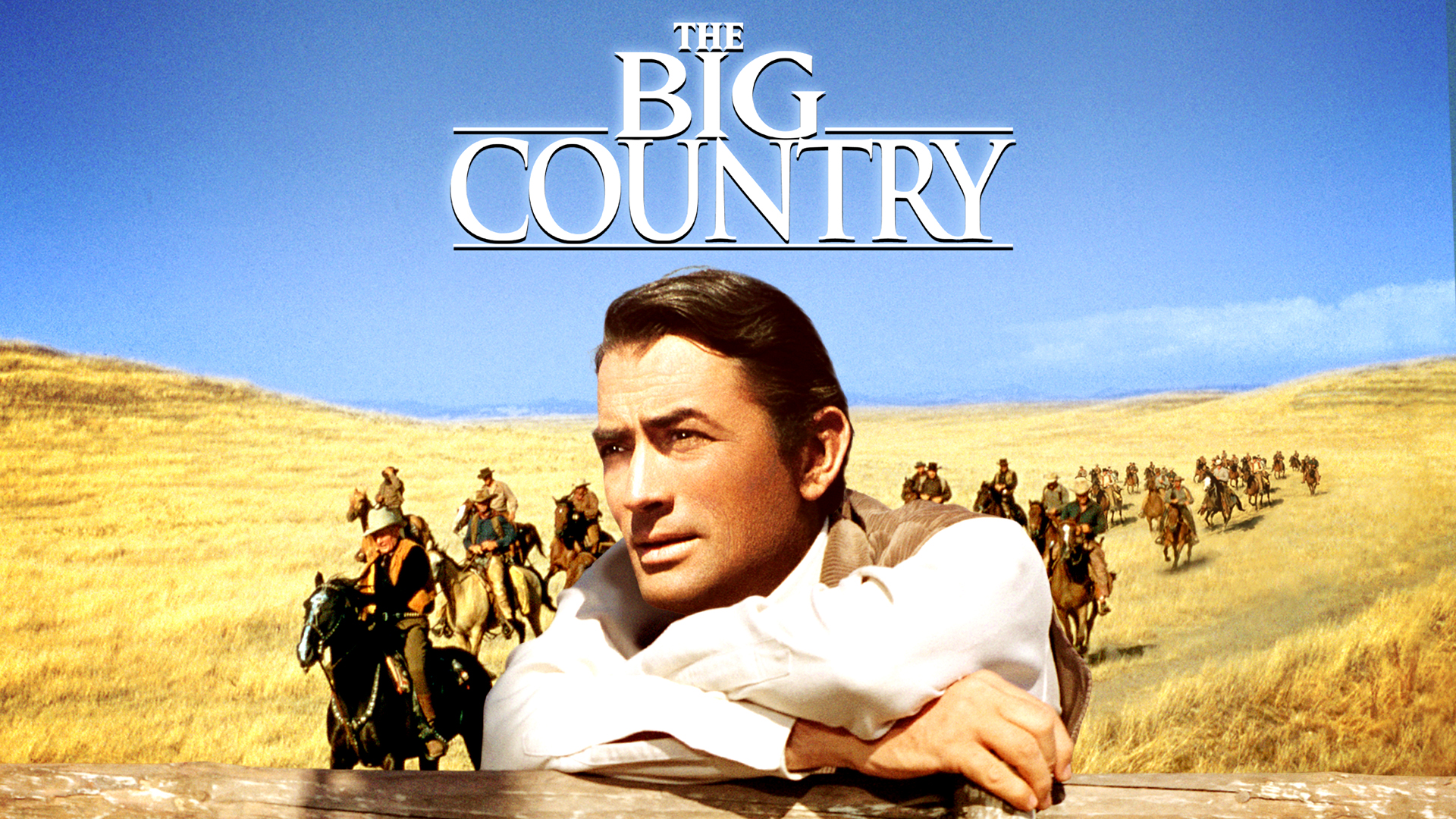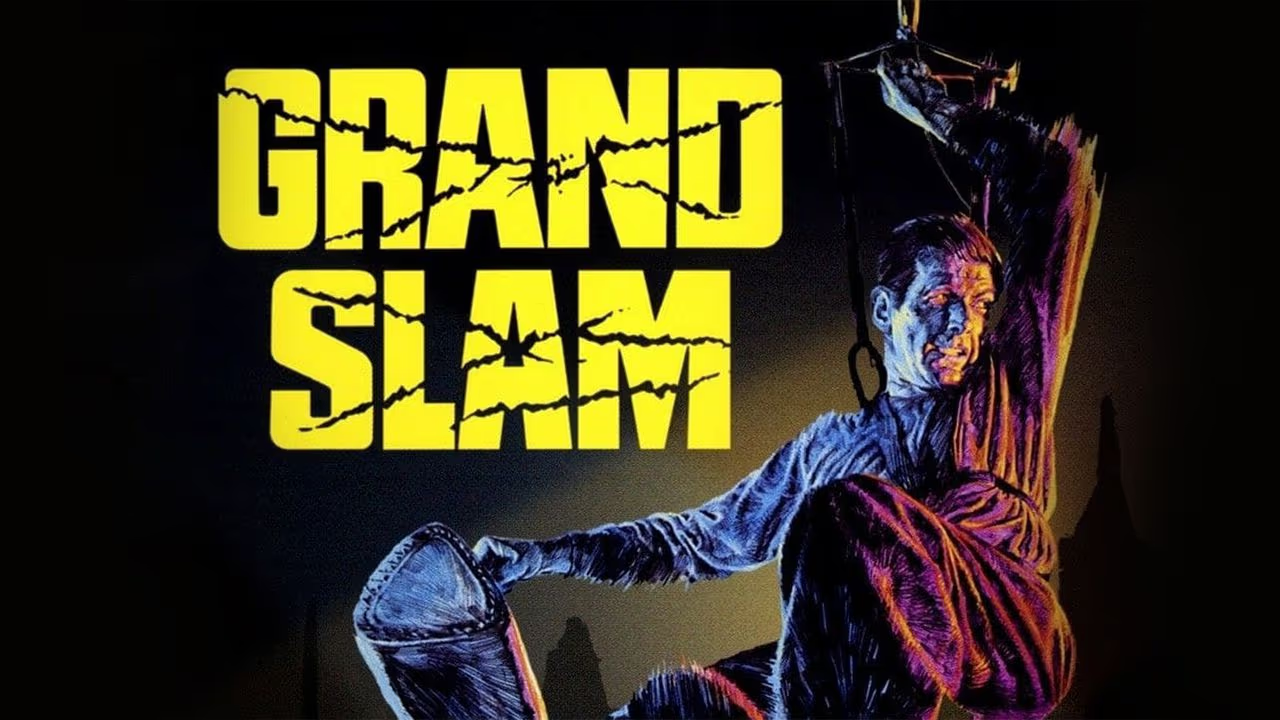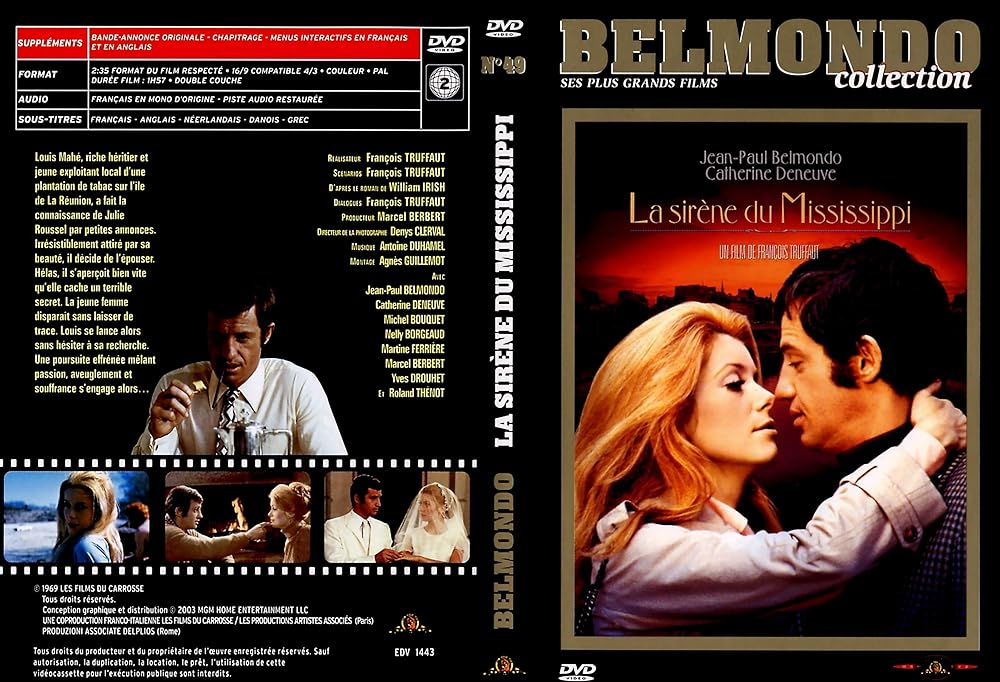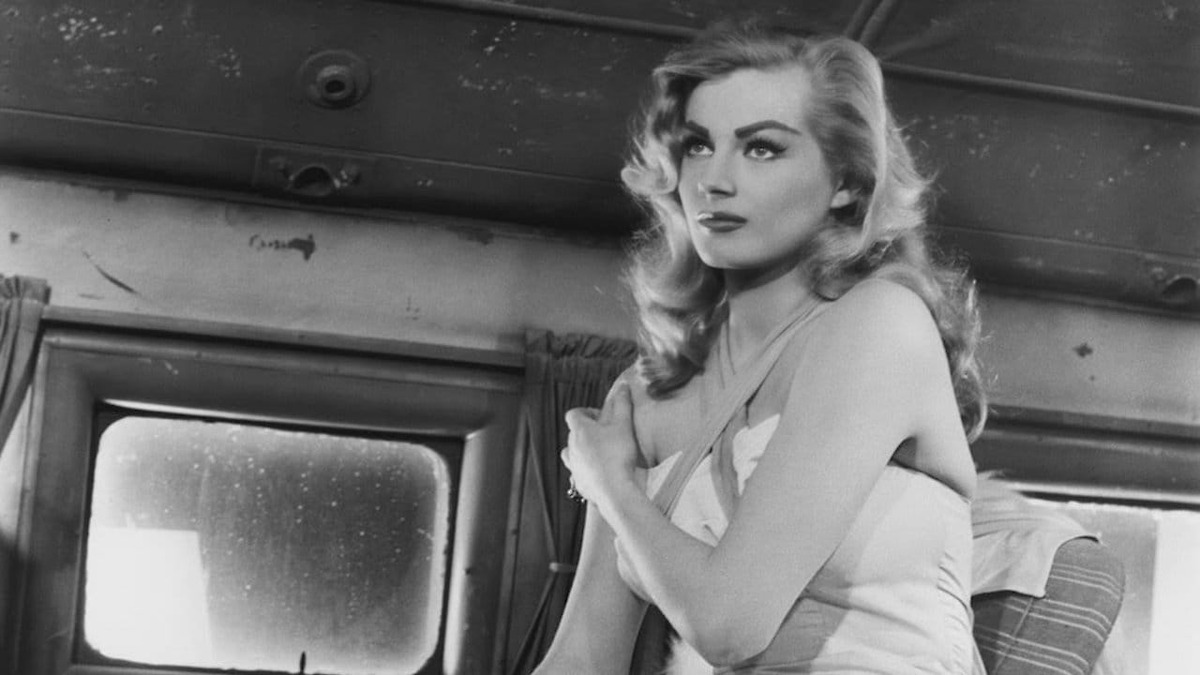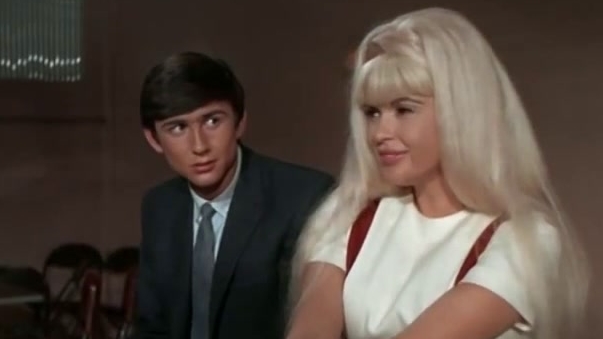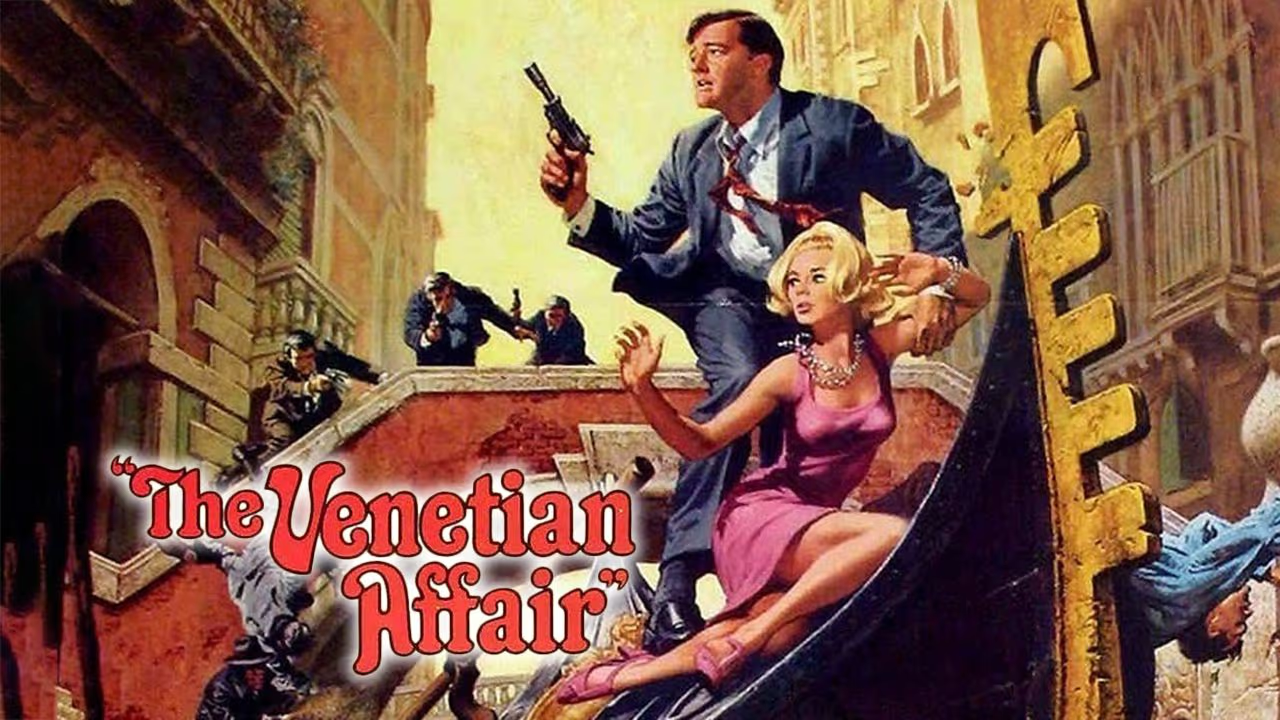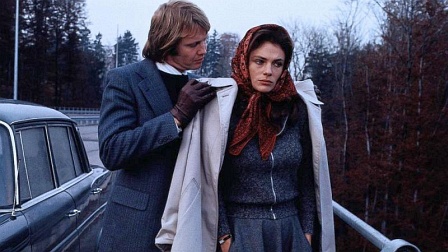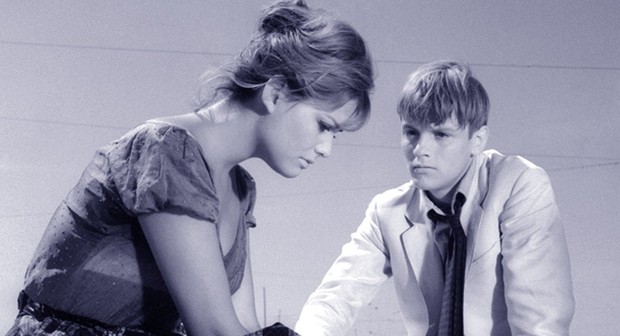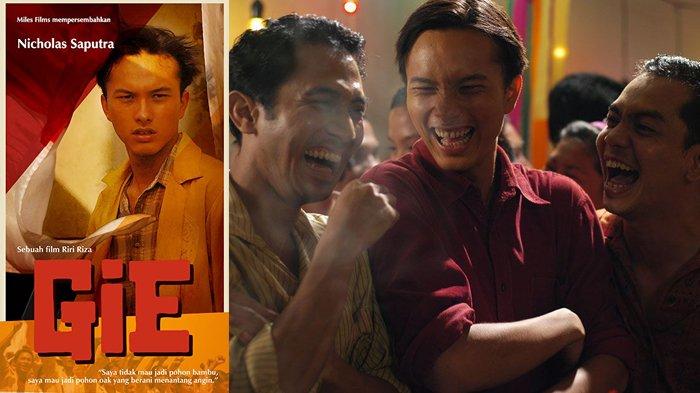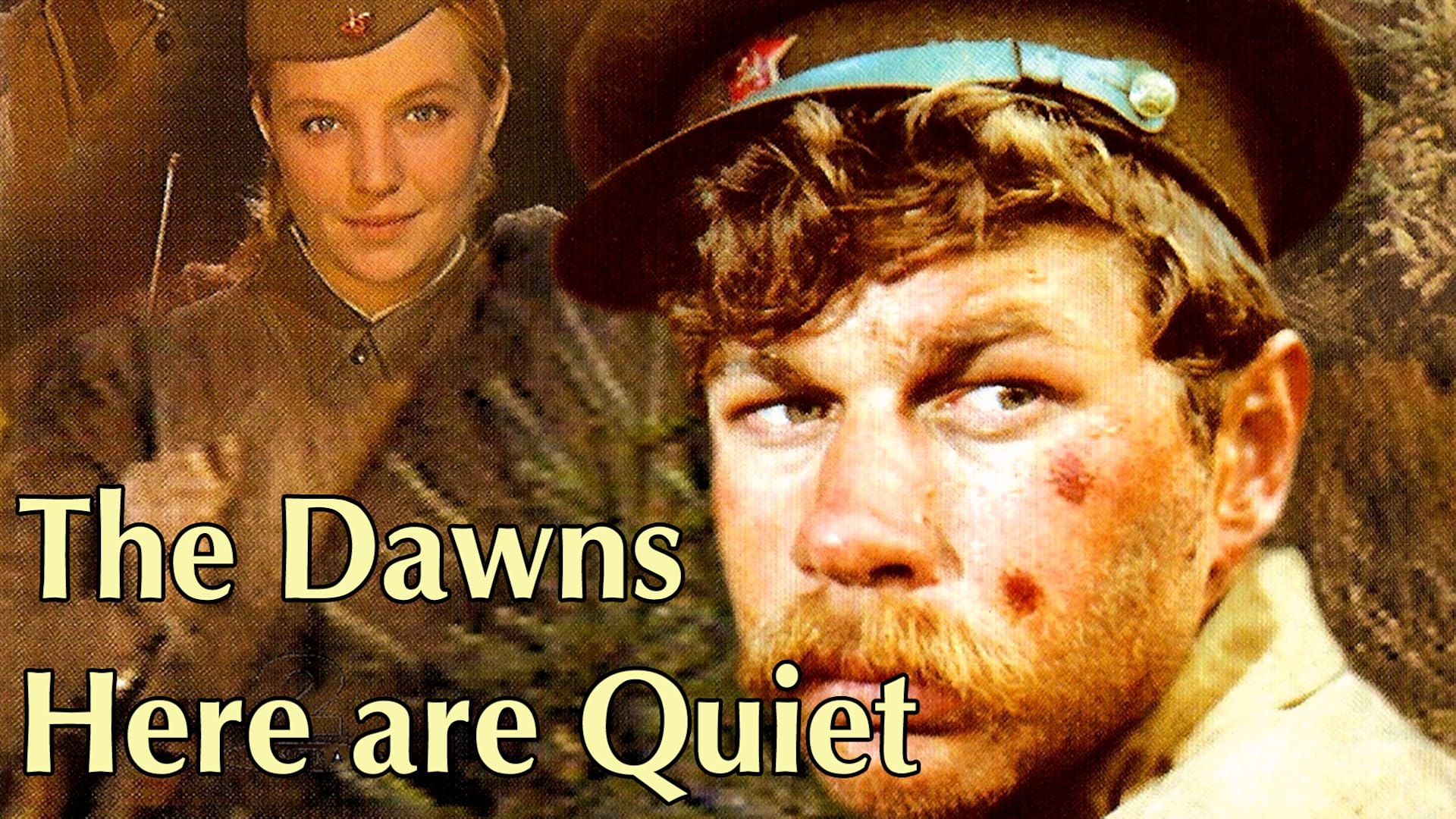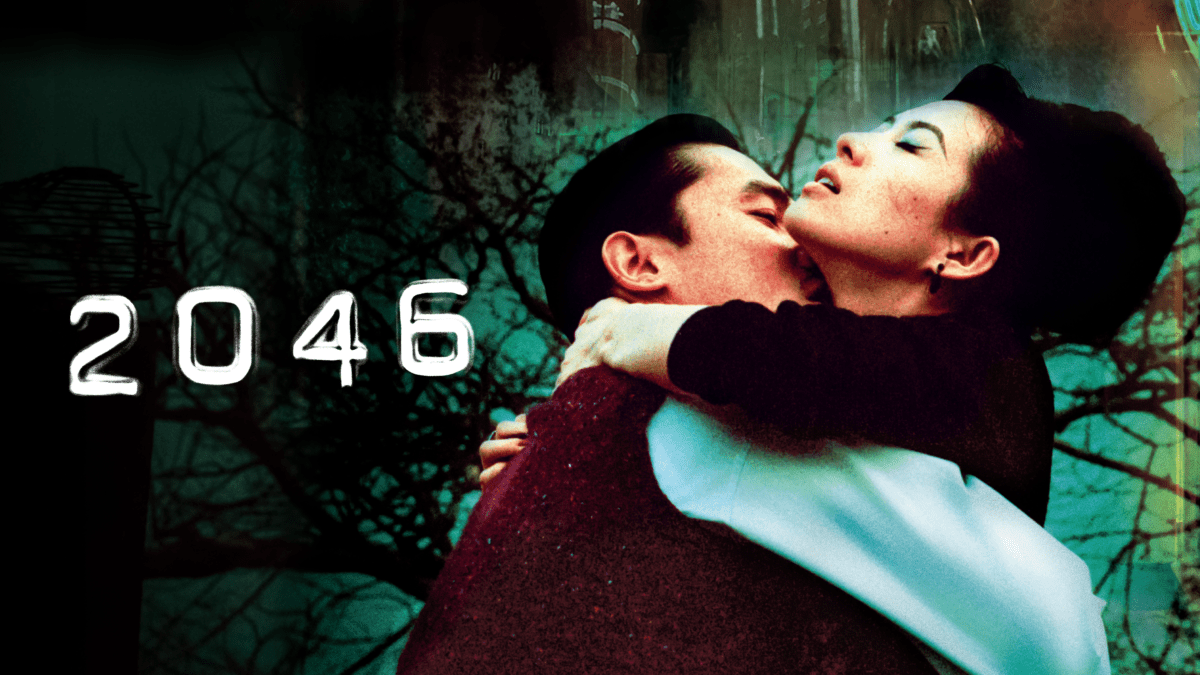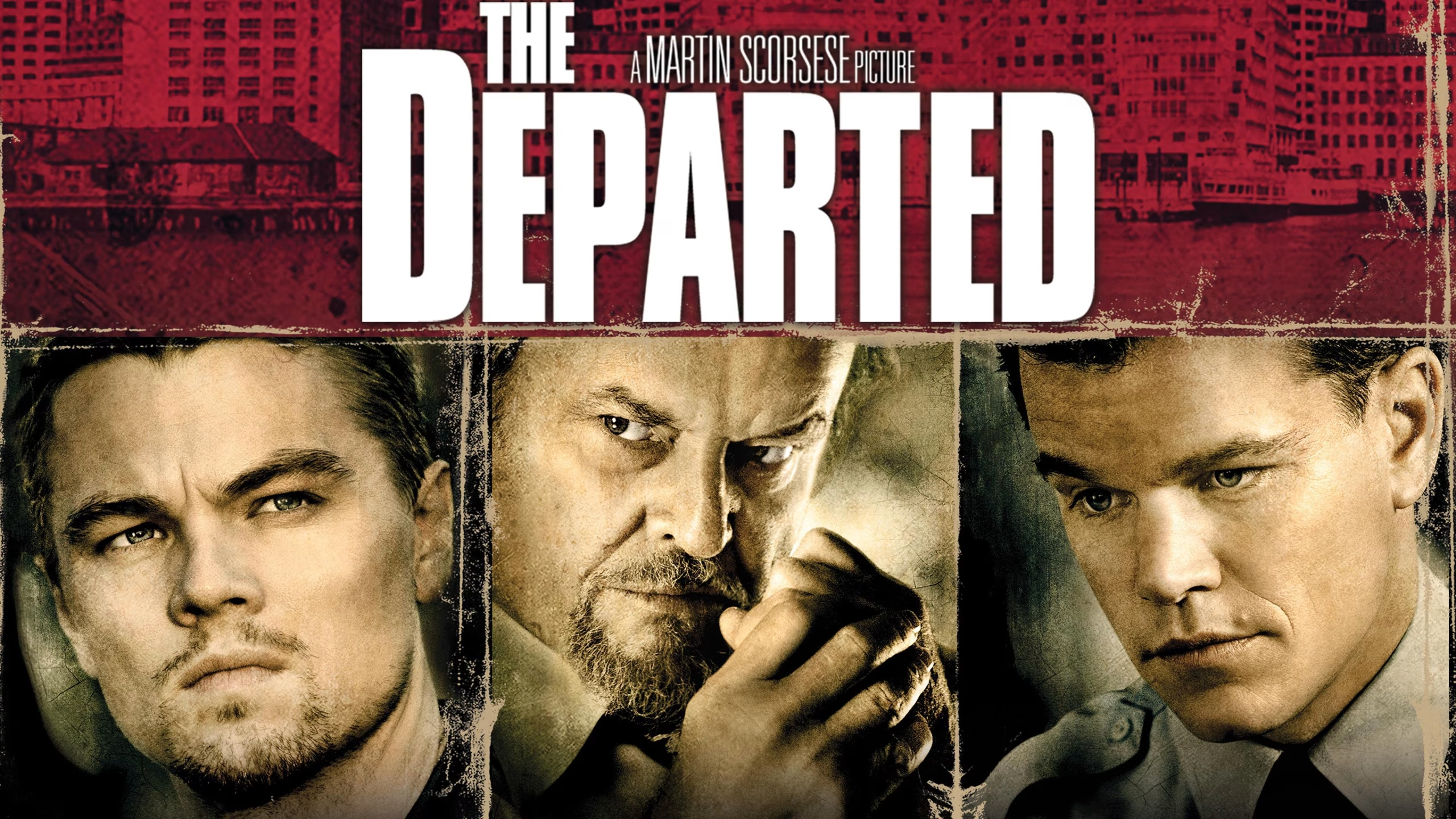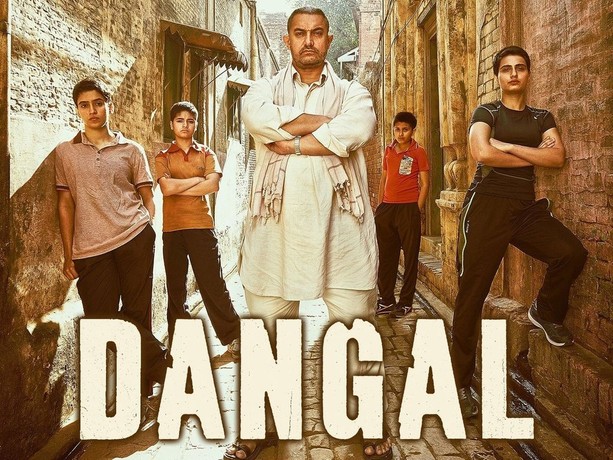providencemarianwood.org – Having Babies II (1977), written by Trish Canfield, is a captivating sequel that delves deeper into the challenges and joys of parenthood, picking up where the first book left off. Canfield, known for her thoughtful and engaging writing, brings fresh perspectives to the complexities of raising children and the ever-evolving dynamics of family life. The book serves as both a personal reflection on motherhood and an insightful exploration of societal expectations, offering readers an honest and sometimes humorous look at the trials and tribulations of modern-day parenting.
Plot Overview
In Having Babies II, Canfield expands on the themes introduced in the first book, continuing to explore the emotional and practical aspects of raising children. The narrative follows the author’s personal experiences, as well as the challenges she faces while juggling family life, work, and personal aspirations. Throughout the book, Canfield shares her candid reflections on the ups and downs of parenting, offering a relatable and authentic portrayal of motherhood.
The book goes beyond the initial excitement of having children and addresses the real-life issues that come with raising them: from sleepless nights to balancing personal goals with family responsibilities. It also explores the impact that societal expectations and norms have on mothers, encouraging readers to reflect on their own experiences and perceptions of parenthood.
Themes of Parenthood and Family Dynamics
At its core, Having Babies II is about the transformative nature of parenthood. Canfield highlights how becoming a parent reshapes one’s identity, relationships, and priorities. The book examines the everyday struggles parents face, including the emotional rollercoaster of raising children, the constant need for patience, and the rewards that come with watching children grow and develop.
One of the key themes of the book is the tension between personal fulfillment and the demands of raising a family. Canfield grapples with her own desires and ambitions while navigating the challenges of motherhood. Her honesty about the difficulties and sacrifices that come with parenthood resonates deeply with readers, especially those balancing similar challenges in their own lives.
The book also touches on the changing dynamics within families, particularly as children grow older. Canfield reflects on the evolving relationship between parents and children, and how these relationships shift as children reach different developmental stages. She writes about the importance of adapting to these changes and finding ways to maintain strong family bonds.
Writing Style and Approach
Trish Canfield’s writing style in Having Babies II is warm, relatable, and down-to-earth. Her conversational tone draws readers in, making them feel as though they are confiding in a close friend. Canfield’s candidness about the realities of motherhood, including the moments of frustration and exhaustion, makes her book both refreshing and comforting for those navigating similar experiences.
The book’s structure blends personal anecdotes with practical advice, making it both entertaining and informative. While the tone is often lighthearted and humorous, Canfield does not shy away from exploring the deeper, more serious aspects of parenthood. She provides a balanced perspective that encourages readers to embrace the imperfections of family life, while also recognizing the profound joy and fulfillment that comes with raising children.
Reception and Impact
Upon its release, Having Babies II was praised for its honest and unvarnished portrayal of motherhood. Critics appreciated Canfield’s ability to capture the complexities of parenting while maintaining a sense of humor. The book resonated with a wide range of readers, particularly those who appreciated its honest approach to the subject matter and its focus on the emotional and psychological aspects of raising children.
Many readers found the book to be a comforting reminder that they were not alone in their parenting struggles. Canfield’s relatability and willingness to share both her successes and her challenges made the book a valuable resource for anyone navigating the demands of family life.
Legacy and Conclusion
Having Babies II remains a significant contribution to the genre of parenting literature. Canfield’s exploration of the complexities of motherhood continues to resonate with readers today, offering both practical insights and emotional support for those raising children. Her honest portrayal of family life, combined with her sense of humor and empathy, ensures that the book remains a cherished read for anyone interested in the multifaceted experience of parenthood.
For those looking for a book that reflects the reality of raising children—complete with all its ups, downs, and in-betweens—Having Babies II offers a relatable, thoughtful, and engaging perspective on the joys and challenges of family life. Trish Canfield’s ability to balance humor with insight makes this sequel a must-read for parents, aspiring parents, or anyone interested in the human side of raising children.
